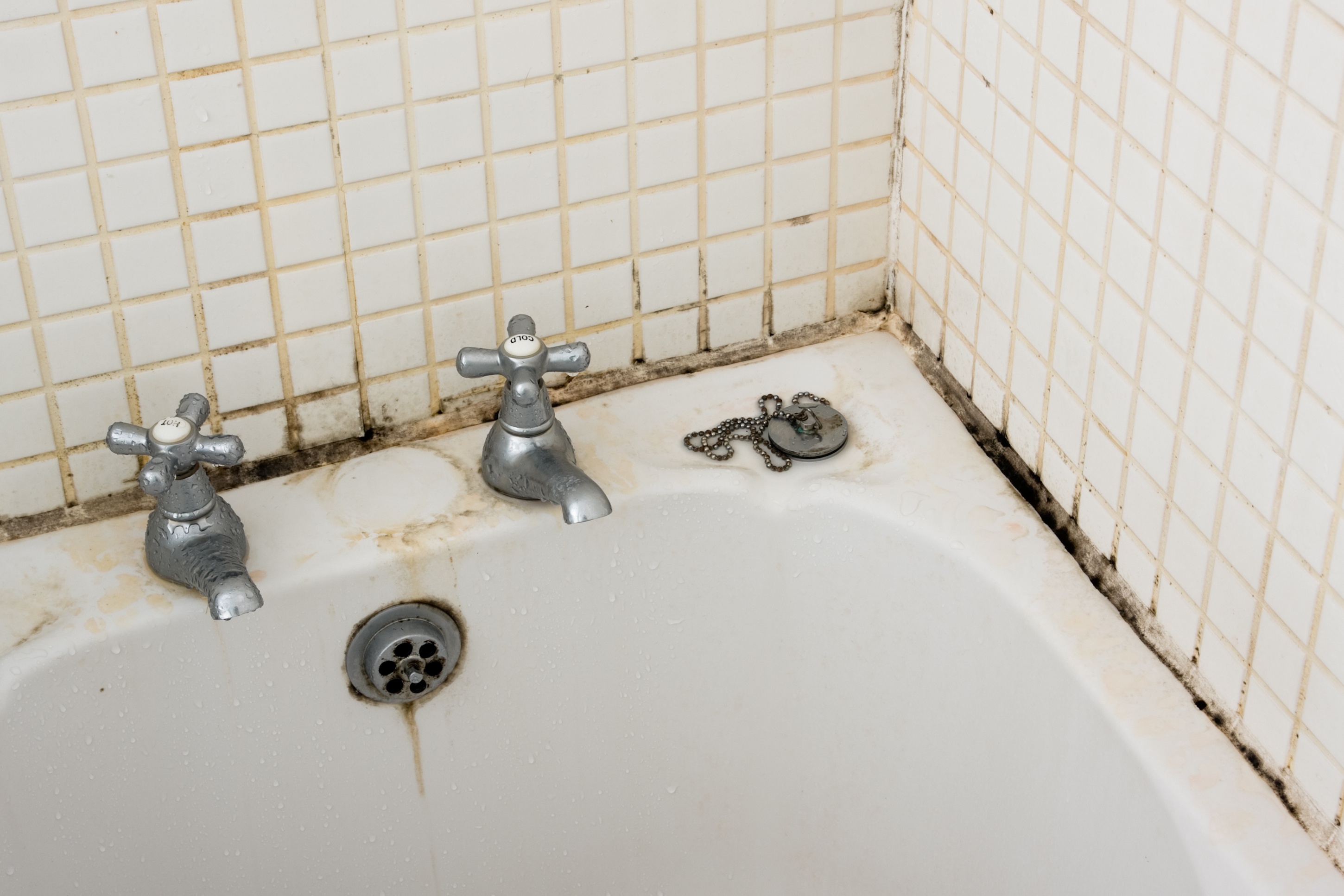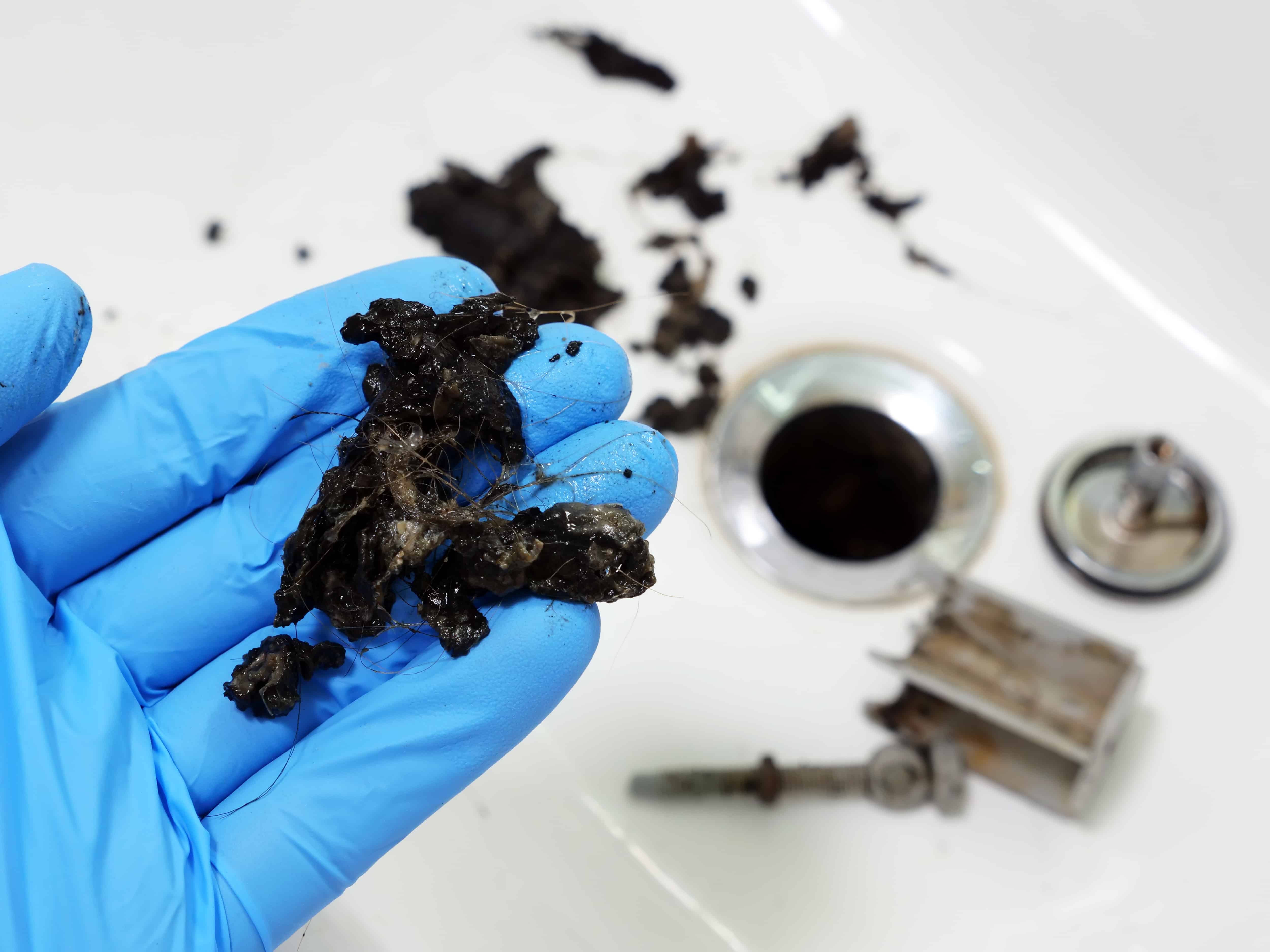Identifying Black Mold

Black mold, also known as Stachybotrys chartarum, is a type of fungus that can grow in damp and humid environments. It’s notorious for its dark, velvety appearance and potential health hazards. Recognizing black mold is crucial for preventing its spread and mitigating its health risks.
Black Mold Appearance
Black mold typically appears as dark green, black, or brown patches. It can grow in various forms, including fuzzy, velvety, or slimy textures. Unlike other types of mold, black mold often has a musty odor, resembling damp soil or decaying organic matter. Its color can vary depending on the surface it’s growing on and the type of mold species present.
Common Locations in Bathrooms
Bathrooms are prime locations for black mold growth due to their inherent moisture and humidity. Common areas include:
- Shower stalls and tubs
- Around leaky faucets and pipes
- Under sinks and cabinets
- Ceilings and walls near vents
- Grout lines in tiles
Visual Inspection for Black Mold
To effectively identify black mold, follow these steps:
- Inspect frequently damp areas: Pay close attention to areas that are consistently wet or prone to condensation, such as shower stalls, around leaky faucets, and under sinks.
- Look for dark patches: Examine surfaces for any dark green, black, or brown patches.
- Check for fuzzy texture: Black mold often has a fuzzy or velvety texture.
- Observe for musty odor: Black mold has a distinct musty odor, similar to damp soil or decaying organic matter.
- Use a flashlight: Use a flashlight to illuminate areas that may be difficult to see, such as behind furniture or under cabinets.
Differentiating Black Mold from Other Substances
It’s important to distinguish black mold from other dark substances that may be present in the bathroom. For example:
- Dirt and grime: Dirt and grime can appear dark, but they are typically not fuzzy or velvety. They also don’t have a musty odor.
- Mineral deposits: Mineral deposits from hard water can also appear dark, but they are usually smooth and hard.
- Stains: Stains from spills or other substances can appear dark, but they are typically flat and not fuzzy.
Preventing Black Mold Growth: Black Mold Growing In Bathroom

Preventing black mold growth in bathrooms is crucial for maintaining a healthy and safe living environment. Black mold can cause various health issues, including respiratory problems, allergies, and even infections. By taking preventative measures, you can significantly reduce the risk of mold growth and protect your family’s well-being.
Strategies for Mold Prevention, Black mold growing in bathroom
A proactive approach to mold prevention involves understanding the conditions that promote its growth and implementing measures to control them. Here are some effective strategies:
- Regular Cleaning: Regularly cleaning your bathroom, including the shower, bathtub, and sink, can prevent the accumulation of moisture and organic matter that mold thrives on. Use a mild bleach solution or a mold-killing cleaner to effectively eliminate mold spores.
- Promptly Address Leaks and Water Damage: Leaks and water damage can create ideal conditions for mold growth. Repair leaks promptly and dry any affected areas thoroughly to prevent mold from taking hold.
- Proper Ventilation: Adequate ventilation is essential for removing moisture from the air, reducing the risk of mold growth. Ensure your bathroom has a functioning exhaust fan and use it during and after showers and baths.
- Maintain Low Humidity Levels: High humidity levels contribute to mold growth. Use a dehumidifier to control humidity levels, especially in humid climates or during the summer months.
- Control Condensation: Condensation can occur on cold surfaces, such as windows and mirrors, providing a breeding ground for mold. Use a squeegee to remove condensation regularly and ensure proper insulation to prevent cold surfaces.
- Use Mold-Resistant Materials: When renovating or remodeling your bathroom, choose mold-resistant materials, such as tile, grout, and paint, to minimize the risk of mold growth.
Bathroom Mold Risk Assessment Checklist
Assessing your bathroom for potential mold-prone areas can help you identify and address potential risks before mold growth becomes a problem. Here’s a checklist to guide your assessment:
| Area | Risk Assessment | Action |
|---|---|---|
| Shower and Bathtub | Check for leaks, water damage, or poor drainage. | Repair leaks, dry thoroughly after use, and ensure proper drainage. |
| Sink and Countertop | Look for areas of moisture accumulation or standing water. | Clean regularly, dry surfaces thoroughly, and avoid leaving dishes or toiletries in standing water. |
| Walls and Ceiling | Inspect for signs of moisture, discoloration, or peeling paint. | Address any leaks or moisture problems promptly, and consider using mold-resistant paint. |
| Windows and Doors | Check for condensation, leaks, or gaps that allow moisture to enter. | Ensure proper sealing, ventilation, and address any leaks or condensation problems. |
| Exhaust Fan | Verify the exhaust fan is working properly and runs effectively during and after showers and baths. | Clean the exhaust fan regularly and ensure it vents to the outside. |
Improving Ventilation and Reducing Humidity
Effective ventilation and humidity control are crucial for preventing mold growth. Here are some recommendations:
- Exhaust Fan: Ensure your bathroom has a functioning exhaust fan and use it during and after showers and baths. Ideally, the fan should be rated for at least 50 cubic feet per minute (CFM) and vent directly to the outside.
- Window Ventilation: When possible, open a window for additional ventilation, especially after showering or bathing.
- Dehumidifier: Use a dehumidifier to reduce humidity levels, especially in humid climates or during the summer months.
- Moisture-Absorbing Materials: Consider using moisture-absorbing materials, such as bamboo mats or silica gel packets, to absorb excess moisture in the air.
Mold-Resistant Bathroom Materials
Choosing mold-resistant materials for your bathroom can significantly reduce the risk of mold growth. Here are some materials known for their resistance to mold:
- Tile: Ceramic tile is highly resistant to moisture and mold. It’s an excellent choice for shower walls, floors, and countertops.
- Grout: Use epoxy-based grout, which is more resistant to moisture and mold than traditional cement grout.
- Paint: Choose mold-resistant paint, specifically designed to resist moisture and mold growth.
- Caulking: Use mildew-resistant silicone caulk to seal gaps and cracks, preventing moisture from seeping in.
- Shower Curtains and Liners: Opt for vinyl or polyester shower curtains and liners, as they are less susceptible to mold growth.
